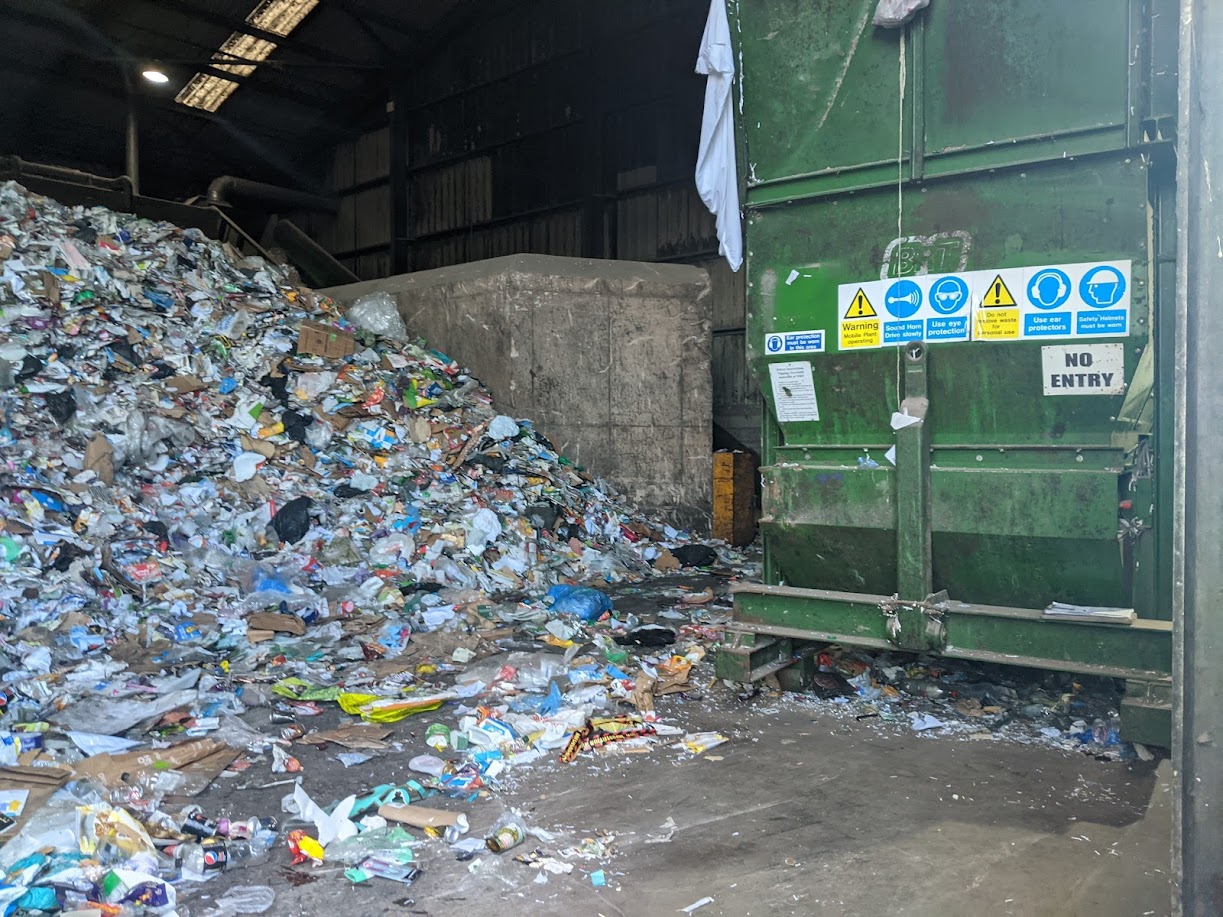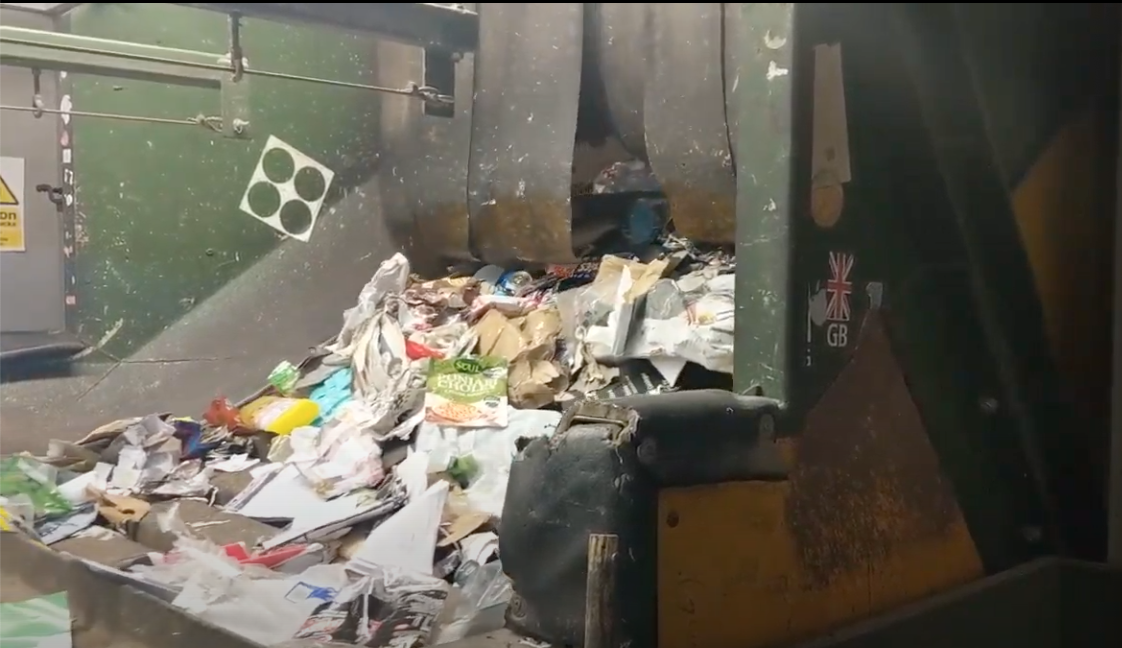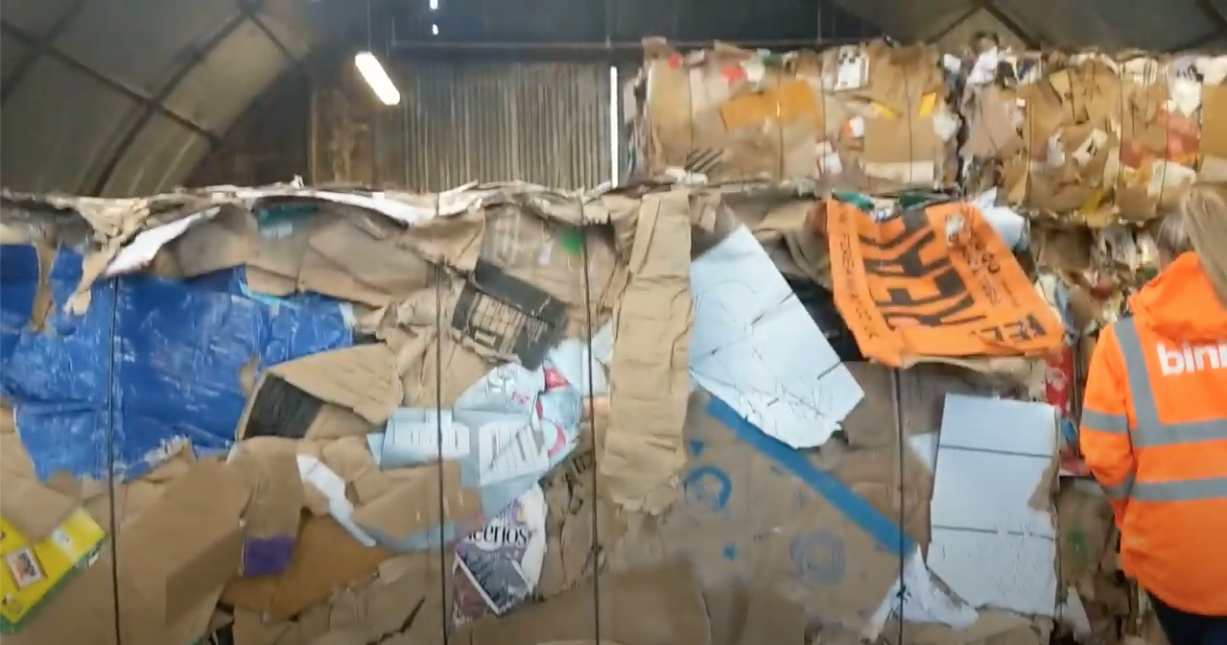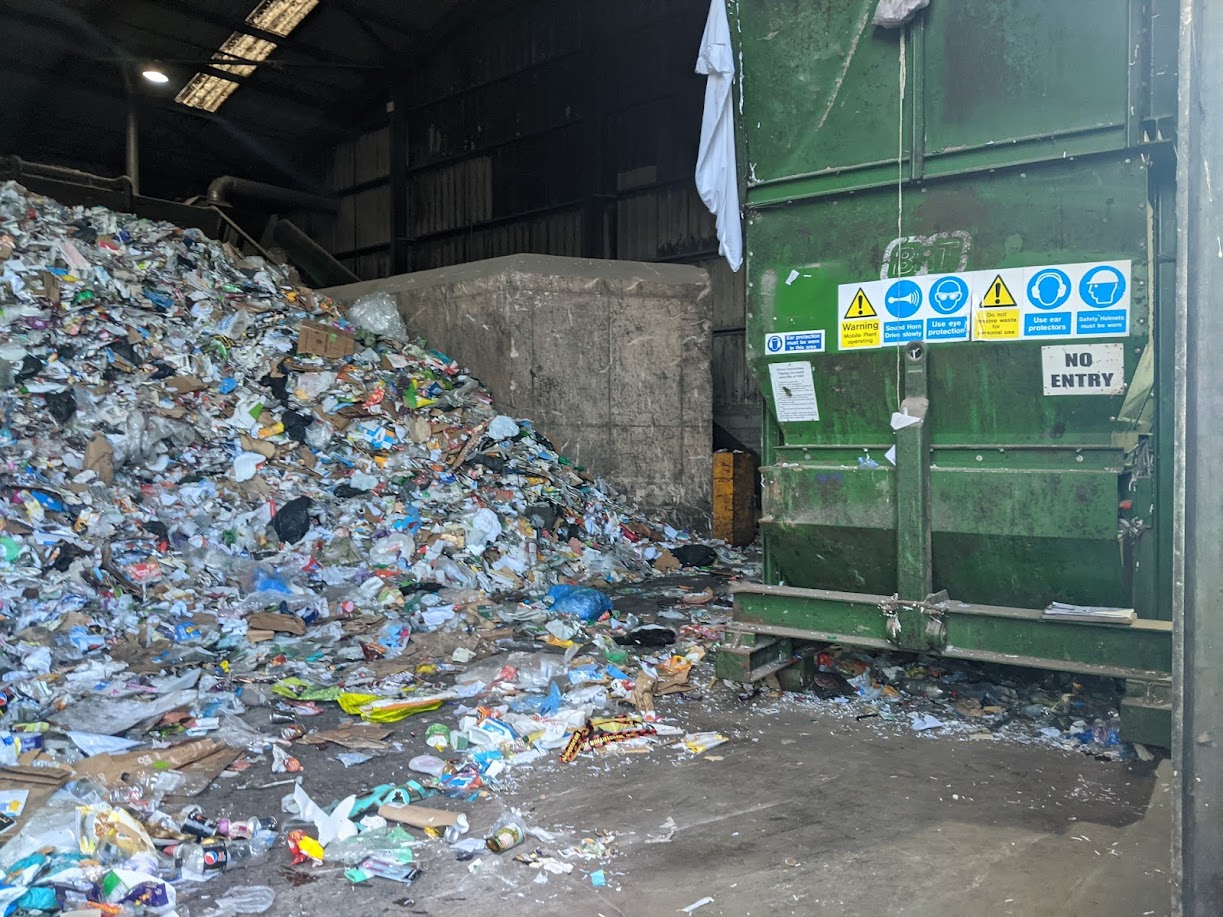We are always asked: “So, what happens to my recycling then?” It is a fair question to ask. The recycling process is one shrouded in mystery and unless you’re in the industry, you can bet no one will give a straight answer. Or have an answer at all!
I recently got the chance to visit the Exeter Materials Reclamation Facility (MRF) with our apprentice, Jodie. We learned a lot from Matt Hulland, the Resource Recovery Manager for Exeter City Council. In the UK, Exeter is unique as it is one of the few local authorities and run and own their own MRF. In this blog, I will tell you all about cardboard and its recycling process.
If you are a Binit customer in the Exeter area and you source segregate your waste (i.e: have a card bin) you are helping us recycle card in its purest form. It is important to keep waste streams as clean as possible so not to lose the value of the material. This way it can be circulated back into the economy. If you put your card in our mixed recycling bins, do not fear, these are also being recycled at a high quality. I will also tell you exactly how it is being separated from other recyclables.
For someone who is interested in the waste industry, the Exeter MRF is an exciting place to be. This was my first time at a MRF. At university I did modules based on circularity but seeing how it all works in real life has brought a lot more insight. In this blog I’ll separate the card streams into two categories.
A: Card from card bin | B: Card from mixed recycling bin
Phase 1: Collection and tipping

A: If you have a card bin, the process is simple. The card will be tipped straight into a vehicle by a member of our crew → brought to the MRF → baled.
B: If the card is in our mixed recycling bin, the card goes on a bit of a journey. Your mixed recycling gets tipped and compressed into the lorry → brought to the MRF → tipped at the main tipping hall.

Phase 2: The Separation Process
B: Card from the mixed recycling is fed through a machine by a digger → sent to the Pre-sort Cabin where materials are segregated by hand and quality controlled → cardboard is taken off at this stage.
There may be some remaining cardboard after the Pre-sort Cabin in which it will be taken off at the next two cabins: 1) where the plastics and cans are sorted and 2) where the paper is sorted. All the cardboard will then be baled.
Phase 3: What happens next?

A & B: The quality controlled baled cardboard is stacked and ready to be circulated for sale in the market. Around three to four million tonnes of card is processed in the UK per year. This month the cardboard from Exeter will be sent locally in the UK to Kent.
If you enjoyed this blog, next month I will be posting about the plastic stream!
Sara Azizi


